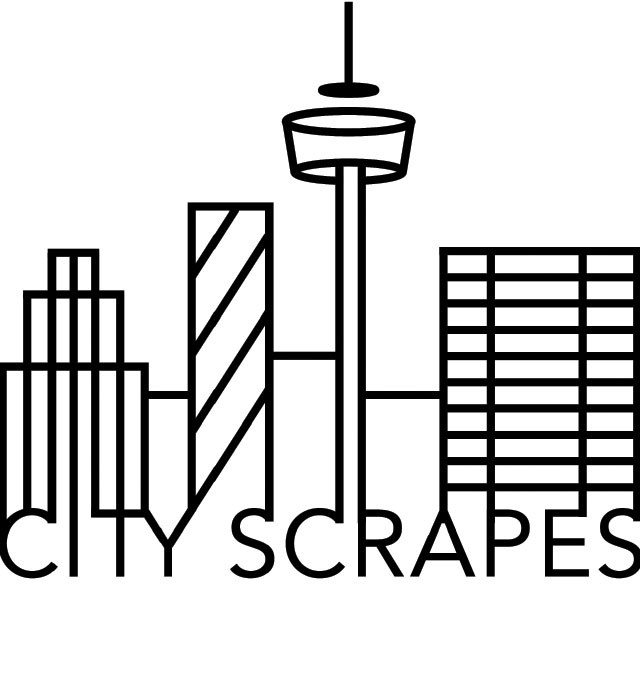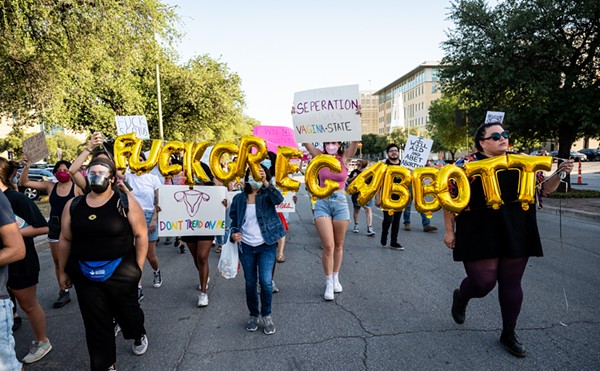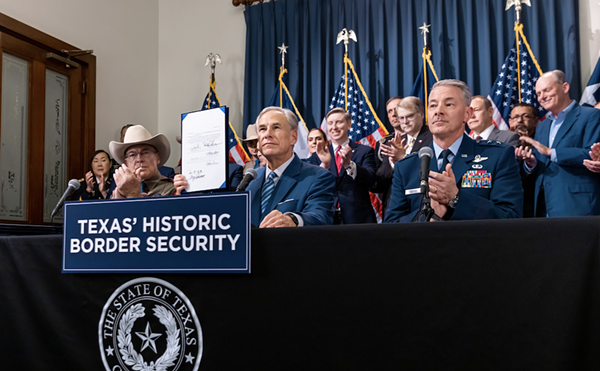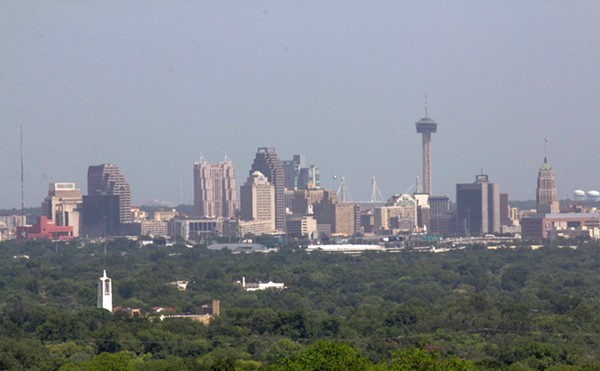The big local news, beyond the change in the mayor’s office, is the city’s turnaround on the proposed VIA Downtown streetcar. Faced with a flood of signed petitions and the possibility of a streetcar vote on the November ballot (which would just happen to coincide with streetcar proponent County Judge Nelson Wolff’s re-election bid), the city honchos chose to avoid a conflict that might boost voter turnout and threaten a broader set of city and county priorities.
The streetcar decision—whether a public vote is ultimately held or a broader transportation plan crafted—is really a triumph of local political calculation. Newly installed interim mayor Ivy Taylor and her council colleagues appear to recognize that a public investment on the scale of the proposed streetcar, some $280 million, where the public had once before said a clear “no” to rail transit, should be subject to a public vote. Yet avoiding a vote has been precisely the intent of city, county and VIA officials.
County Judge Wolff neatly arranged a funding “swap” with the Texas Department of Transportation to avoid a legal challenge to using local Advanced Transportation District money for the streetcar scheme. And when Downtown property owners and developers balked at funding the streetcar themselves through a special tax district and contributions, the City stepped in to commit $32 million out of general funds, to be repaid by our property taxes. The way the city council could do that without a public vote, as we usually have for large capital projects, was with certificates of obligation.
These certificates, termed “C of O’s,” are a form of municipal borrowing allowed under state law for a variety of capital projects. The city first began serious use of C of O’s in the late 1980s and early 1990s. They provided a way to pay for the purchase of the Majestic and Empire Theaters, to build Nelson Wolff Stadium (some $10 million) and for the construction of the Natatorium at Palo Alto College to serve the 1993 Olympic Festival. In the years since, C of O’s have financed a host of “public-private partnership” deals and Downtown improvements, with a total that has steadily grown over the years. For instance, the fiscal year 2000 budget included $3.6 million in certificates for the restoration of the Alameda Theater and Casa de Mexico downtown, $400,000 for work on the Municipal Plaza building and additional funds for a number of new fire stations in outlying parts of the city.
By 2004, the total of outstanding C of O’s came to a hefty $219 million. But we didn’t stop there. The city council has continued to use these handy certificates to finance a wide range of capital projects. More recently, there was the reconstruction of Main Plaza and the new campus for Texas A & M San Antonio ($15 million). By fiscal year 2013, the outstanding total of certificates stood at $328 million. And the six-year capital program outlined in the current fiscal 2014 budget calls for spending an additional $238 million in C of O’s, including $118 million to be issued this year and beyond.
The list of certificate-financed projects in the budget is a long and hefty one. Beyond the $32 million the council committed to the Downtown streetcar, there’s $22.6 million for a new Downtown parking garage, and $1.7 million for the Brackenridge animal adoption center, as well as $1.8 million for a new hangar for Police Department helicopters. And to be sure, there are some perennials as well, projects that seem to keep getting city dollars year after year. Remember the money for the Alameda Theater in 2000? Well, there’s more now, a total of $520,000 in the current budget. There’s $500,000 for Hemisfair Park, $262,000 for Main Plaza, and $3.5 million for access improvements for the River Walk. There’s also a long list defined as “Council District – Infrastructure Improvements:” $500,000 in C of O funds for District 10, $350,000 for District 2, another $450,000 for District 9.
There’s nothing inherently wrong with these certificates. They clearly provide a means of financing things like the helicopter hangar or new fire stations that are necessary parts of the city’s business. But as the streetcar example and a long list of others suggest, they also provide the dollars for a kind of municipal “goodie bag”—public improvements promoted by one or another mayor or a favored councilmember, and a means of funneling dollars into Downtown or “economic development” projects that might not withstand the scrutiny of the voting public at the polls. Now that the streetcar plan—at least for a time—is off the public agenda, it’s time for a new mayor and council to think about whether we need to keep spending hundreds of millions in tax dollars without public approval. At the very least, we need the council, and the city manager, to make a real case for this spending, and give San Antonio citizens an opportunity to vote. And then perhaps they’ll listen to us.

















